Well, time flies when the world is a crazy place!! Between “stay at home/work at home” orders and the unrest caused by politics and economics this year, time has flashed by like DVD on fast forward.
My day job has been very busy and has not left me much time for working on my passion project/hobby of restoring the Computer Automation LSI/2 minicomputers I have acquired.
The Good, The Sad, and the Ugly
The good is that:
- I found a new-in-box portable Remex RAR-5200 paper tape reader punch (serial and parallel)
- I have found a collector in Europe that has documentation for several of the cards below
- I have found some of the very scarce I/O boards including:
-
- Utility I/O (parallel printer and high speed paper tape interface)
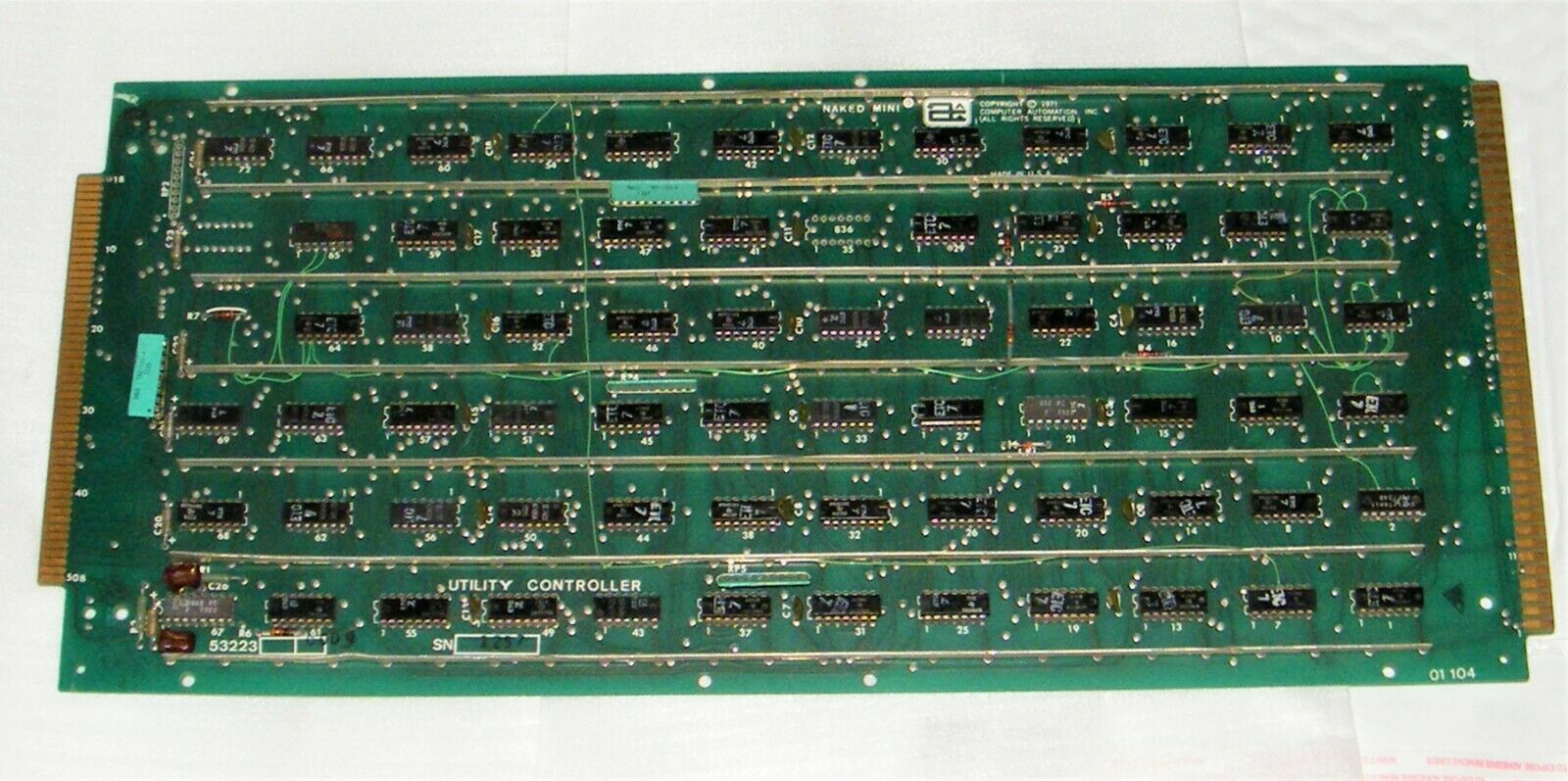
-
- dual TTY module
- 16 bit I/O
- 64 bit TTL input card
- transport interface – for 9 track IBM compatible tape drives like Kennedy 9000 and Pertec (both of which I used in my 1973 project) (no docs)
- requires a tape formatter
- requires a 9 track drive (and a strong back – very heavy)
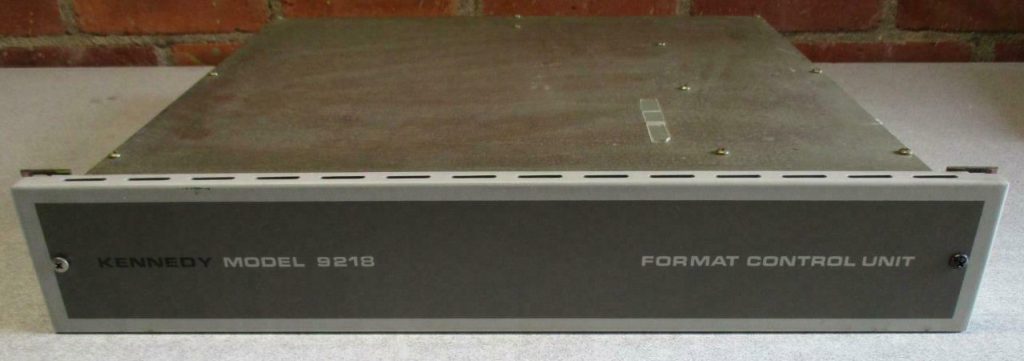
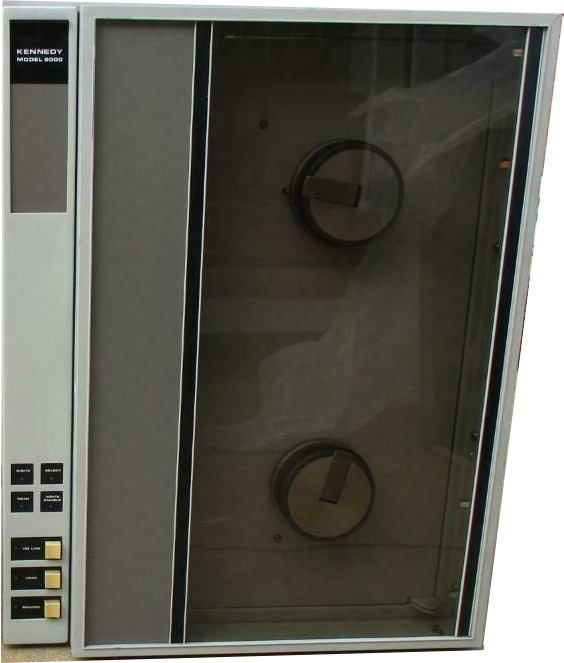
“Regrets, I’ve had a few…”
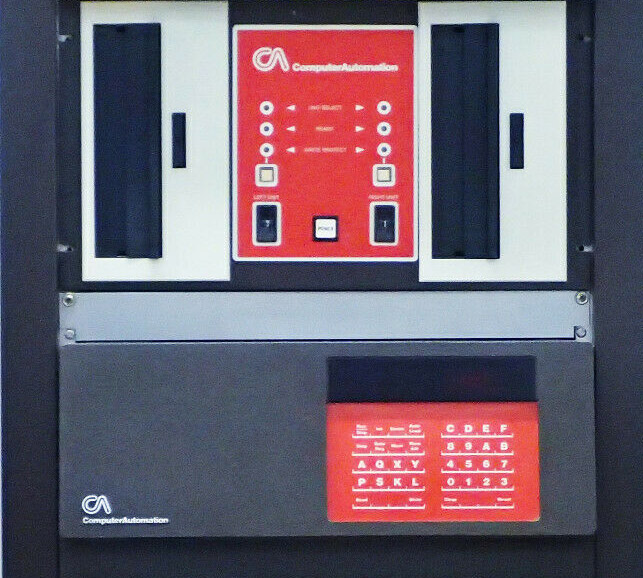
Naked Mini LSI-4/90
The sad news is that I didn’t buy the full rack Naked Mini LSI-4/90 System that was offered on eBay.com for $1800.00 plus $850.00 shipping.
Although I could have purchased it, I was concerned that I have never found ANY hardware documentation on the LSI/4 systems or the hard disk storage they used. I love the way it looks, but I would have probably had to scrap all of the peripherals and rack cabinet due to lack of space where I live.
ASR 33 Teletype
I also did not buy the used ASR 33 Teletype that was for sale in a lot locally earlier this year. It was actually a TWX machine plus two Model 32 Telex machines. Again, I was concerned about space, but I should have done the deal – it was only $300 for everything. Just a used ASR 33 sold on eBay a month later for over $1000.
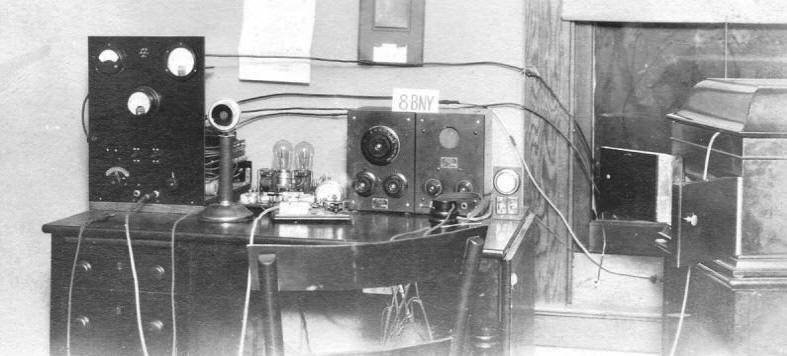
1920’s Amateur Radio Station
HAM it up!
Growing up, one of my favorite pastimes was listening to short wave radio. In those days (the 1950’s and 60’s), there were many old multi-band “console” radios from 1940’s and 50’s available for nothing. Most people were watching the TV, not listening to radio in the evenings. I listened to foreign stations, Morse code, “satellites” like Sputnik and even distant “clear channel” broadcast stations at night – some were hundreds of miles away.
When I was about 14 living in the Seattle, Washington area, I met a neighbor who was an amateur “HAM” radio operator. He was kind enough to explain how short wave radio worked to a curious and persistent kid. I tried for several years to learn Morse code so I could get my license, but I was not able to. I had a CB license, and later got an FCC Radio Telephone Third Class License with Broadcast endorsement so I could operate the 1000 watt FM radio station transmitter (KSPC-FM) at my college, but I never got my amateur (HAM) license.
A few years ago in Dec 2006, the FCC removed the Morse code requirement for Amateur Radio. In September, 2020, I passed my Technician Class Amateur license. In October, 2020, I passed my General Class Amateur license. and in November, 2020, I passed my Extra Class Amateur license.
I now have an Amateur Radio License after 55 years! I am now W6NF (Whiskey Six November Foxtrot) and have the highest class Amateur license currently available.
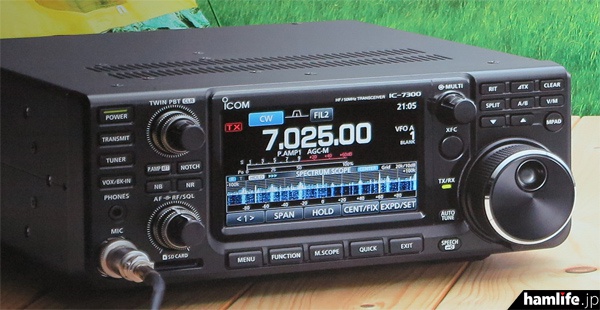
ICOM IC-7300 Digital HF Amateur Radio Transceiver
Finally, my Christmas present arrived from the North Pole – a new ICOM 7300 SDR radio to use to explore my new ham privileges. Don’t let the small size fool you, this radio is the most full featured entry level rig ever offered and it is a totally digital radio. It does SSB, CW, DATA, and even the old school AM modes.
Once I was able to get an antenna up at my apartment, I was amazed at the contacts I was able to make using the new digital data modes like FT8. In one evening I had over 20 contacts from all over the world including USA, Canada, Hawaii, Alaska, Mexico, Chile, Argentina, Greece, Russia, China, Japan, and New Zealand. My signal was even received over 10,000 km away in Antarctica!



No Comments